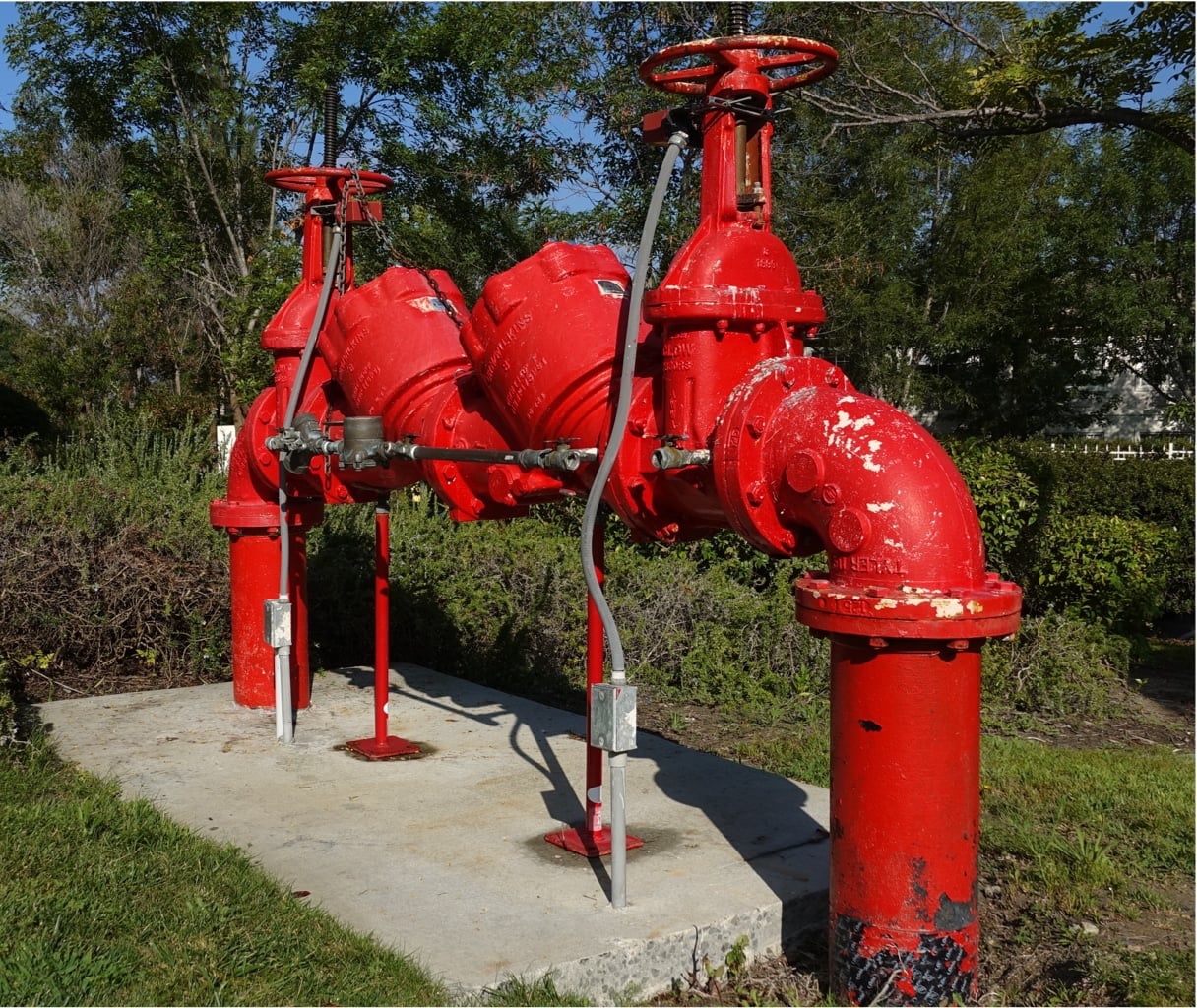About Marin Municipal Water District, California
Dewey Sorensen joined Marin Municipal Water District in 2011 as Supervisor, Reclamation and Backflow. Together, he and his team of two are responsible for delivering on the organization’s mandate of “providing high-quality drinking water to 190,800 customers in central and southern Marin County.” Just north of San Francisco, that 147 square miles of geography includes 10 towns and cities as well as unincorporated communities.
For Sorensen and his team, that means focusing on cross-connection control — which he defines simply as “anytime a water line is connected to something you don’t want to drink.” It also means preventing backflow, both in everyday occurrences and with countless new building projects powered by recycled water regularly coming online. As it relates to drinking water quality, backflow is the reversal of water flow from its normal or intended direction of flow; this impacts water quality when it flows from the customer’s plumbing system back into the public water distribution system. In this circumstance, water contamination becomes the issue.
In their day-to-day work managing 60,000 service connections, Sorensen and his team have one clear objective: “Our task is making sure that water systems are protected.” An essential part of this equation involves water testing, and specifically paperwork and data pertaining to testing.
The Challenge
With more than 20 years in the business as a tester and a familiarity with Tokay from his time at the City of Bozeman, Sorensen quickly saw opportunities to further leverage the software to streamline operations upon joining the District.
Being a team of only three, a major challenge Sorensen needed the software to solve is related to generating monthly water test notices and reports. Before Tokay, it took two members of the team approximately one week every month to produce all this paperwork a total of 80 hours. At $125 per person, per hour, and 40 hours per worker, this cost tax payers over $120,000 annually — even before factoring in printing, paper, envelope and postage costs.
Though these reports were essential, losing two-thirds of his team for one week every month was unacceptable to Sorensen. It was also deeply at odds with what he viewed as the team’s top priority: “I got into this business to do cross-connection control and backflow work in the field, to protect the water system, not to be stuck in an office stuffing envelopes and recording test reports,” he says.

The Solution: Tokay
Quickly recognizing there needed to be a better, less cumbersome and time-consuming way to generate this paperwork, Sorensen began investigating electronic solutions. That led him to Tokay.
Beyond the immediate benefits of the solution itself, what he appreciated was they were able to make some adjustments to the software that were specifically tailored to the District’s needs. That made a world of difference to Sorensen, who says that “for most other solutions, what comes ‘out of the box’ is what you get.” Beyond all of this, what Sorensen also especially appreciated was that he was building a relationship with the Tokay team. He wasn’t just a number; he was able to make suggestions about options and improvements to the product that the team was receptive to hearing — which he calls “priceless.”
Sorensen uses Tokay in conjunction with other electronic tools — including SAP, GIS, Microsoft Access, Excel, and Word. However, he says it’s Tokay that powers everything. “It’s our workhorse, it’s what we depend on to be able to do our work,” he says. “Thanks to Tokay, what once took 80 hours and two-thirds of the team now takes two hours — a savings of 78 person hours, per month.”

The Benefits
For other municipalities that may be considering Tokay, Sorensen cites key benefits — namely, that the software is easy to learn, easy to use, reasonably cost-effective and a “monumental time-saver.”
Today, the District is limiting its use of paper where and as it can. Thanks to Tokay and Tokay WebTest, when data metrics need to be queried or a water report must be generated, Sorensen and his team don’t turn first to seven or eight cabinets full of paper files; instead, they use their iPads to quickly generate reports or query and gather the data they need. His approved testers are also able to access and validate inspection details directly from the field.
Going forward, Sorensen would like to use the software to create further efficiencies, such as emailing notices directly to customers rather than having to send them a postcard — the District’s current practice.
He really appreciates the across-the-board savings — the return on investment the software has given him in terms of time and person hours.
“By implementing the process we did with Tokay, we took two people that were stuck in the office and we got them back out on the streets doing their jobs,” says Sorensen.
Solution Highlights
-
Easy to learn & use software interface
-
Cost-effective & a “monumental time-saver”
-
Quickly generate reports or data queries
-
Access & validate inspection details directly from the field
-
Create efficiencies, such as emailing notices directly to customers
